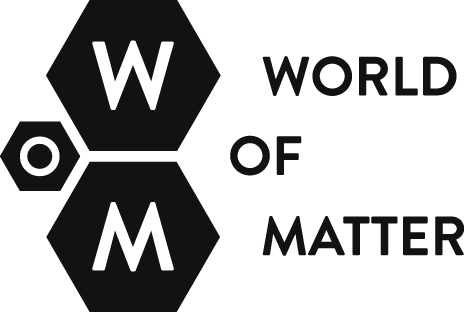In Bangladesh, like many new states undergoing decolonisation, the historical roots of the so-called discourse and practice of ‘development’ lie in a dialectic arising from the end of colonialism and liberation movements. In Bangladesh foreign powers, the World Bank, the IMF and aid agencies were flexing their influence immediately after independence in 1972. Early on, one of these projects was the implementation of the Green Revolution, the neo-colonial programme of introducing high-yield, monocrops to developing countries that required modern irrigation, pesticides and synthetic nitrogen fertilisers while opening new markets for northern seed and chemical companies and destroying agricultural biodiversity. In Bengal, groundwater irrigation was a new technology in which the World Bank invested heavily because high-yield monocrops require five times more water, thus increasing groundwater consumption. This intervention increased the country’s rice production output in line with other countries undergoing a green revolution.
Water Infrastructure
Artist/Author: Nabil Ahmed
With this agricultural shift as a backdrop, UNICEF was able to easily roll out its massive groundwater project where the state could not provide any sort of basic water infrastructure. However in 1974, UNICEF, in collaboration with the Department of Public Health and Engineering, sank 900,000 hand-pump wells starting in the centre and south of the country. Where the infrastructure of the state was not horizontally connected, external forces dug vertically. Over the next two decades the programme was considered a major humanitarian success for the international agency, as child mortality rates decreased. As a result, tube wells became the norm, and approximately three million more wells were either sunk privately or financed by various aid agencies. The phenomenon created a thriving village economy around vendors, installers and producers of PVC pipes, cylinders, piston valves and other materials required for this type of construction.
Currently it is estimated that tube wells in Bangladesh number at 8.6 million. Of those, 55 per cent have been tested for arsenic, and 3.3 million million wells have been marked as green (safe), with 1.4 million red (unsafe). That still leaves almost four million wells that have yet to be tested, a staggering number especially considering how many people are using water from them. Moreover, the concentration of arsenic in unsafe wells crosses not only medical but legal-scientific boundaries. 25 per cent of unsafe wells have more than 50µg/L of arsenic concentration (the national limit), while 50 per cent have surpassed the limit of 10µg/L set by the World Health Organisation that was legalised in the United States and Europe. The disparity between the global north and the global south can be articulated in the legal-scientific policy instrument itself, which specifies the acceptable amount of arsenic in drinking water.
The majority of the wells that strike arsenic are in the upper aquifers at a depth of less than 150m. Drilling below this threshold will reach arsenic-free water. Here the depth of the tubes is a reflection of the poverty of the rural population. The deeper the well the more meters of PVC pipes are required, the cost of which cannot be met by most. The worst affected are the rural poor of Bengal made up of subsistence farmers and landless peasants.


